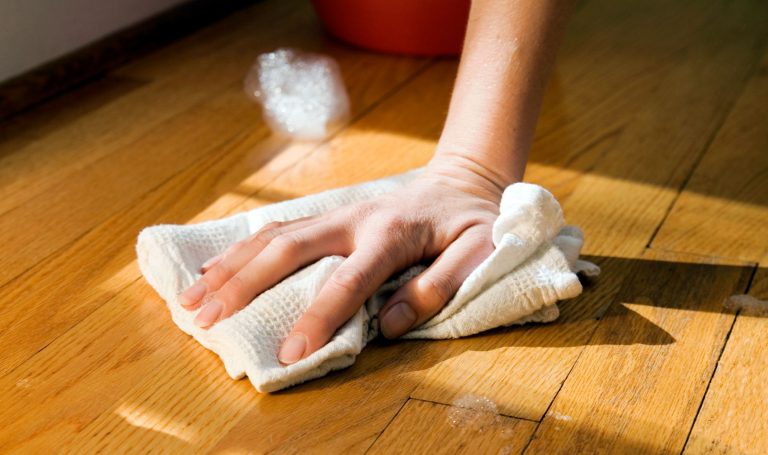Are you looking to revitalize your timber flooring and restore its natural beauty? Timber floor polishing is the ideal solution you’ve been searching for. In this blog post, we’ll delve into the world of timber floor polishing, exploring its benefits, suitable timber flooring types, factors to consider, and the overall process. So, let’s dive in!
Understanding Timber Flooring
Before we jump into the details of timber floor polishing, it’s essential to understand the different types of timber flooring available. Hardwood, engineered timber, and bamboo are among the most common choices. Each type has its unique characteristics, such as varying hardness, grain patterns, and durability levels. Considering these factors will help you determine the best maintenance approach for your flooring.
Benefits of Timber Floor Polishing
Enhancing Appearance and Aesthetics
Timber floor polishing works wonders when it comes to enhancing the overall appearance and aesthetics of your flooring. It rejuvenates the surface, removes scratches and blemishes, and brings back the natural lustre that may have faded over time.
Restoring Natural Beauty
Over the years, timber flooring can lose its original charm due to daily wear and tear. Polishing can breathe new life into the timber, bringing out its inherent beauty and unique character once again.
Improving Durability and Longevity
Applying a protective polish can create a barrier that shields the timber from potential damage caused by spills, stains, and everyday foot traffic. This helps increase the durability and longevity of your flooring investment.
Increasing Property Value
Timber floor polishing can significantly enhance the value of your property. Potential buyers are often captivated by the elegance and warmth of polished timber floors, making it a valuable selling point.
Reducing Maintenance Requirements
Polished timber floors are relatively low maintenance compared to other flooring options. With regular cleaning and simple care, you can enjoy the beauty of your flooring for years to come.
Factors to Consider Before Polishing
But wait up. Before you dive head first into the polishing process, there are a few factors to consider:
Age and Condition of the Timber Flooring
The age and condition of your timber flooring play a vital role in determining whether it is suitable for polishing. Old and severely damaged floors may require additional repairs or even replacement before polishing can take place.
Type of Timber Used
Different timber species have distinct characteristics and varying hardness levels. It’s essential to identify the specific type of timber used in your flooring to determine the appropriate polishing methods and products.
Existing Finishes or Coatings
If your timber flooring has been previously coated with finishes or coatings, these will need to be assessed before polishing. In some cases, the existing coating may need to be completely removed before proceeding with polishing.
Level of Damage or Wear and Tear
Assessing the level of damage and wear and tear on your flooring will help determine whether polishing is a suitable option. Superficial scratches and minor imperfections can generally be addressed through the polishing process, while more extensive damage may require additional measures.
Suitable Timber Flooring for Polishing
Now that we’ve covered the factors to consider, let’s explore the timber flooring types that are ideal for polishing:
Hardwood Flooring
Hardwood floors, such as oak, maple, and walnut, are perfect candidates for polishing. They have a durable surface and a beautiful grain pattern that can be accentuated through polishing.
Engineered Timber Flooring
This flooring combines a layer of real wood on top with a stable core. It can be polished to achieve a stunning finish while benefiting from the added stability of its construction.
Bamboo Flooring
Bamboo flooring, known for its sustainability and durability, can also be polished to restore its beauty. It offers a unique aesthetic and an eco-friendly alternative for those seeking polished timber floors.
Timber Flooring Not Suitable for Polishing
While polishing is a fantastic solution for many timber flooring types, some are not suitable for this process:
Laminate Flooring
Laminate flooring consists of a synthetic surface that mimics the look of timber. It cannot be polished due to its composition, and attempts to do so may result in damage.
Vinyl Flooring
Similar to laminate flooring, vinyl flooring is also not suitable for polishing. Its synthetic composition prevents the surface from being effectively polished.
Cork Flooring
Cork flooring, known for its unique texture and comfort, does not typically require polishing. It’s often sealed with protective coatings that do not require additional polishing maintenance.
Conclusion
Timber floor polishing offers a remarkable solution for maintaining and rejuvenating your timber flooring. By understanding the benefits and considering suitability, you can enjoy the timeless beauty and durability of polished timber floors. Whether you opt for professional services or embark on a DIY journey, remember to evaluate your specific flooring type and its condition before making any decisions. Seek professional advice when needed, and revel in the transformative power of timber floor polishing. Your flooring will thank you with renewed elegance and charm for years to come.

